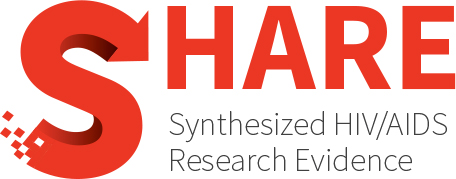Effect of maternal HIV infection on birth outcomes among HIV positive women in Sub Saharan Africa: A systematic review and meta-analysis
Abstract
BACKGROUND: HIV is remaining the public health issues with an estimated of 39 million peoples are living with the virus till 2022. HIV positive pregnant women are at a greater risk of adverse birth outcomes including low birth weight (LBW), preterm delivery and perinatal mortality. Thus, this systematic review aimed to examine the pooled effect of maternal HIV infection on birth outcomes in Sub Saharan Africa. METHOD: A systematic literature searches were done from PubMed, Hinari, Google scholar and online research repositories. All observational studies (January/2012 to January 01/2024) reporting the effects of maternal HIV on birth outcomes among HIV positive women in Sub Saharan Africa were included. Heterogeneity between studies was assessed using I(2) stastics. Publication bias was also assessed using Egger’s test with 5% significance level. Finally, the random effects analysis model was used to estimate the pooled effect size. RESULT: A total of 19 articles met inclusion criteria and included in this systematic review. About 104,840 mothers were involved in this analysis. Maternal HIV infection had significant effects for giving low birth weight babies 9.68, 95%CI (6.72, 12.64), and preterm delivery 1.72; 95% CI: (1.49, 1.95) among HIV positive women in Sub Saharan Africa. Furthermore, the pooled estimate exhibited that maternal HIV had no risk for perinatal mortality among women living with HIV as compared to HIV negative women. CONCLUSION: Women living with HIV are at greater risk for giving low birth weight babies, preterm delivery than HIV negative women. We recommend that Health care providers and other stakeholders should focus on maternal HIV screening and providing special care to protect them from adverse birth outcomes during antenatal period.
Authors
Asferie WN, Aytenew TM, Kassaw A, Hailemeskel HS, Kebede SD, Gashaw BT, Kefale D
Year
2025
Topics
- Population(s)
- Women
- Children or Youth (less than 18 years old)
- General HIV+ population
- Prevention, Engagement and Care Cascade
- Engagement and Care Cascade
- Prevention
- Engagement and Care Cascade
- Treatment
- Prevention
- Biomedical interventions
- Co-morbidities
- Other
